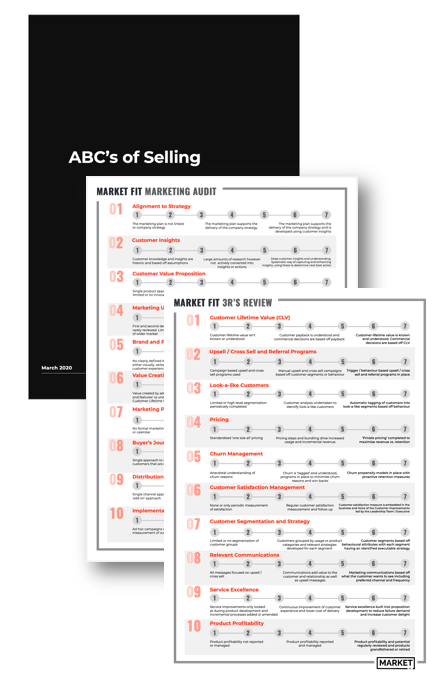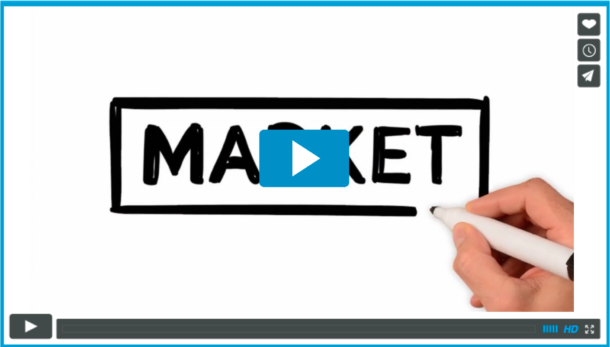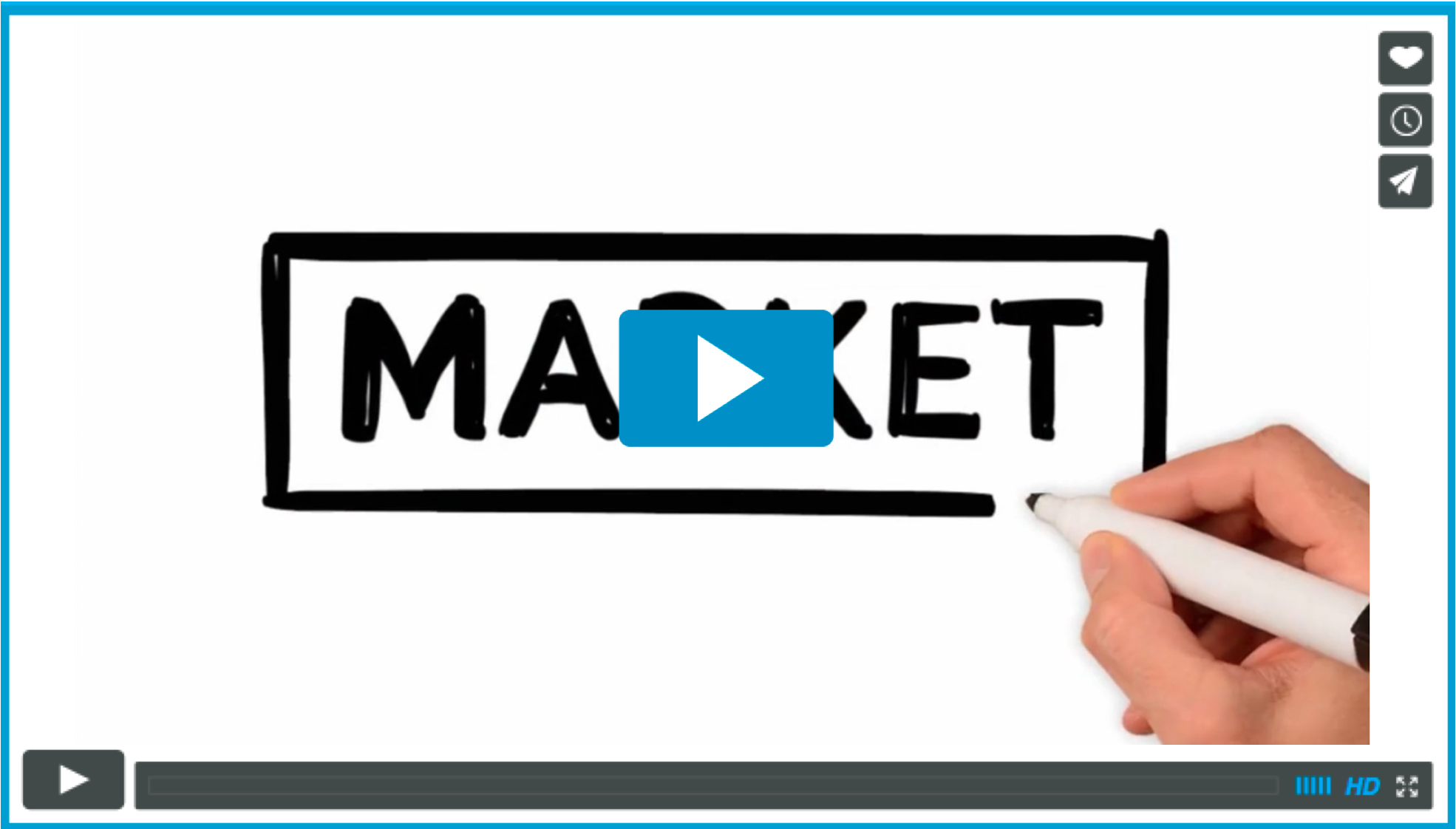I have previously written how Keurig and Nespresso have been innovative in the development of home coffee machines, building on customer insight and building an annuity revenue stream. And while they are appealing to different customer groups there are a number of similarities amongst the two companies.
Target Markets
- Nespresso appeals to an espresso drinker, offers with or without steamed milk, and is a premium sales and customer service experience
- Keurig appeals to a filter coffee drinker
Where they are Similar
- They are both pod based coffee machines
- The business model is firstly a penetration strategy on the purchase of machines and then monitize this through the ongoing annuity of selling pods.
- Both have tried to lock down their eco system and both have had to back down however there is one fundamental difference and two very different results.
Locking down the ecosystem:
When Nespresso launched they tried to patient their pod technology and there were a number of early legal battles which Nespresso ultimately lost. This resulted in third party coffee producers being able to sell Nespresso Capable pods. However due to the premium brand positioning and customer service that Nespresso offers, the majority of the customers are unaware of this and it has had negligible brand damage. Likewise from anecdotal evidence I believe being able to use third party pods is only a very small part of the the total nespresso system
Keurig took a very different and damaging path. They launched a very successful coffee machine and open ecosystem. Any trip through an american supermarket will show that there are whole bays dedicated to Keurig and third party pods.
Then with the launch of the second generation machine (Keurig 2.0) Keurig added digital rights management, which impacts the ability to use third party pods. As predicted in my earlier post this has had devastating impacts on the company. The results are:
- From a customer point of view: ‘You have taken choice away from me when I upgrade to the new machine forcing to change to one or your brews which I may not like.”
- Brand damage – The above experience has an impact on the brand, especially from the early adopters who are your brand champions. This is evidenced by the reviews of 2.0 machines on Amazon.cm where 45% of customers are rating the machine as a one star
- Financial impact – their recent results showed a 23% drop of sales of new machines
- They have had to publicly backtrack, which I applaud them for!
Key Takeaways
- When you restrict customer choice you are always going to have customer backlash and brand damage. And it is likely that this will translate into negative financial results.
- If you believe that a walled garden is the best approach for your business you need to implement this from the beginning.
- There may be better commercial outcomes for both companies by licensing their pod technology to third parties, helping them grow the ecosystem from the beginning. Collecting a small per pod royalty over a very large ecosystem, similar to Apple with iTunes, you are allowed in their ecosystem that is a walled garden at a cost of 30% commission.
KS.





